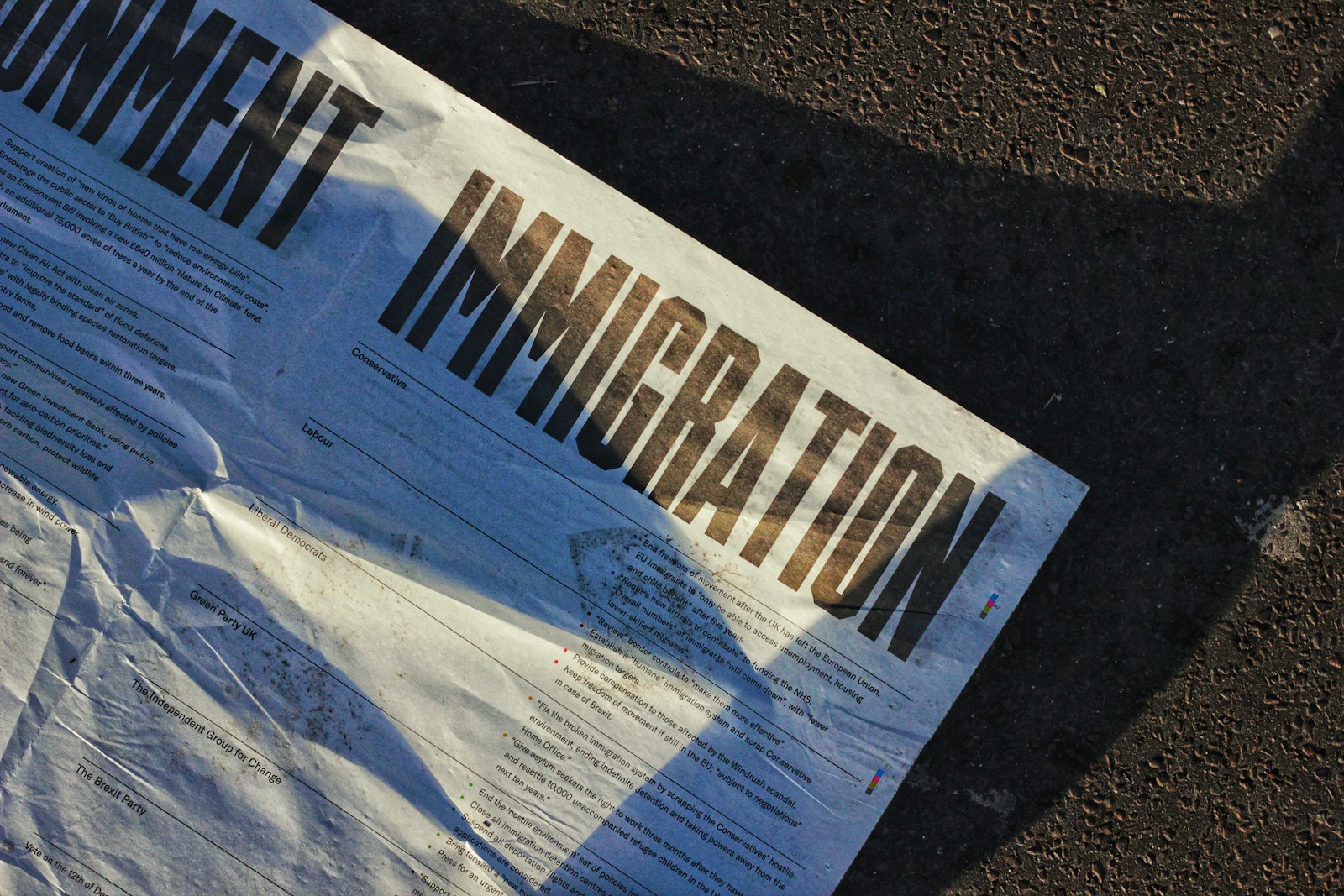Key Takeaways:
• Local residents say the crime crackdown did more harm than good.
• Immigration raids took priority over stopping youth violence.
• Official claims of falling crime rates clash with daily experiences.
• Experts find it hard to link federal moves to local crime shifts.
Local Reactions to the Crime Crackdown
Ebony Payne speaks for many in Kingman Park. She says the crime crackdown felt like a show of force, not real help. Neighbors want safer streets. Yet they saw more ICE raids than youth programs. Payne notes anxiety rose, families split, and fear took hold. As a result, she doubts any real drop in crime.
A Focus on Immigration, Not Safety
At first, the administration said it would tackle violent crime. However, Payne explains people saw agents at doorsteps for immigration checks. “I realized that cracking down on crime really meant cracking down on immigrants,” she says. Meanwhile, teenagers needed support, not subpoenas. In addition, locals felt ignored when they asked for night lighting and basketball courts to keep kids busy.
What the Data Says About Crime Trends
President Trump claimed “no crime in D.C. anymore.” Yet city police logged seven violent incidents and 132 property crimes in just one day. Data expert Jeff Asher notes overall crime, gun violence, and murder are falling. However, he questions if any single rule or policy drove those numbers down. He points out similar trends across multiple cities, making it hard to prove the federal effort made a difference.
Community Needs vs. Federal Actions
Residents share a clear wish: safer neighborhoods with fewer guns. They also want fair policing and youth programs. Instead, they got checkpoints and deportation drives. Payne feels this mismatch highlights a basic error. Federal agents focused on immigration law, not local crime concerns. As a result, trust between cops and the community weakened.
Challenges in Measuring Success
It’s easy to claim victory when crime stats drop. Yet experts warn against oversimplifying. Many factors shape crime: job programs, weather, school attendance, and even holiday seasons. Therefore, linking one policy to broad crime declines is tricky. Furthermore, some crimes go unreported when people fear law enforcement. Thus, a sharp drop on paper may hide real struggles on the ground.
Community Voices Speak Up
Violet Jira’s report in NOTUS challenges the rosy federal picture. She shows crime still affects every ward in D.C. People describe broken windows, stolen bikes, and nighttime scares. They crave real fixes—more lighting, youth sports, and street patrols that build trust. In turn, these measures help prevent crime before it happens. Sadly, locals feel these common-sense solutions were sidelined.
Young People Left Out
One major gap in the crime crackdown was youth support. Teens facing peer pressure, mental health struggles, and gang influence needed mentors and fun activities. Instead, they saw police vans and ID checks. Payne says this drove some teens deeper into risky circles. “If you don’t give kids hope, they fill the void with danger,” she warns. Thus, solving crime calls for prevention, not just punishment.
Searching for Real Solutions
Many cities use community policing and outreach to cut crime. They hire officers who know local families. They fund after-school clubs and job workshops. They also invest in mental health counselors. These steps reduce violence by tackling root causes like poverty, boredom, and trauma. By contrast, a heavy-handed crackdown ignores these needs.
Building Trust Between Police and Citizens
Trust breaks down when people see law enforcement as an enemy. When neighbors fear random stops, they stop calling 911. They hide crimes and stay indoors. On the other hand, when police attend block parties and listen at town halls, people open up. They share tips, report threats, and help keep the peace.
Looking Ahead: What Communities Want
Residents ask for a seat at the table. They want town halls with officers and city leaders. They want data shared openly, not spun for headlines. They want youth jobs and safe recreation spaces. They want fair training for law enforcers on bias and trauma. Ultimately, they want a real partnership to cut crime.
Key Steps for a Better Approach
First, fund youth centers and sports leagues. Next, add street lights and clean up parks. Then, expand community policing with local hires. Also, offer job training and counseling in schools. Finally, use clear data to track progress and build trust.
Conclusion
The federal crime crackdown aimed to make D.C. safer. Yet many locals felt it swung in the wrong direction. Instead of focusing on youth and community-led solutions, the plan relied on immigration enforcement. As a result, trust fell and real needs went unmet. To truly cut crime, leaders must listen to the people on the ground. They must blend smart policing with strong social supports. Only then can a city shine with safety and hope.

